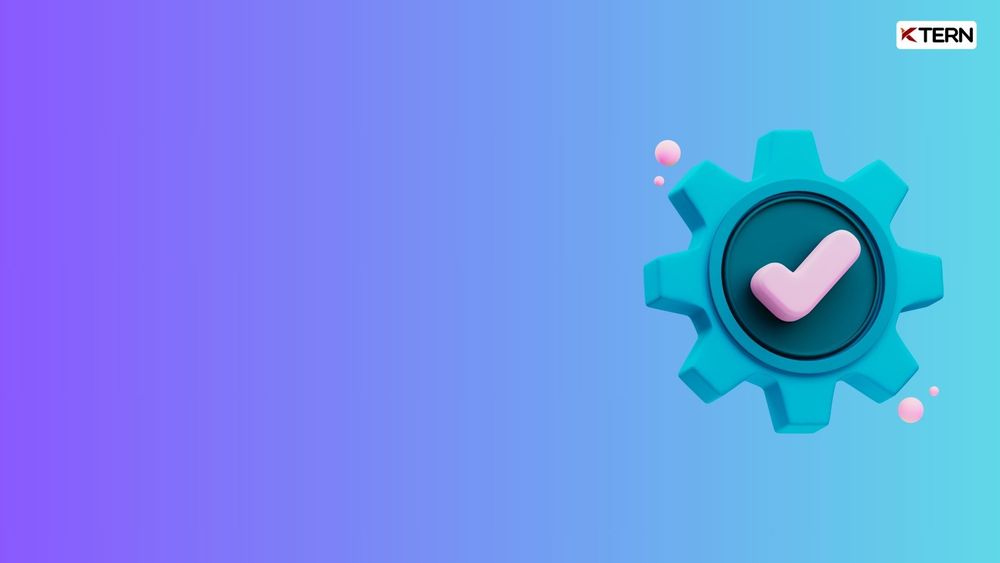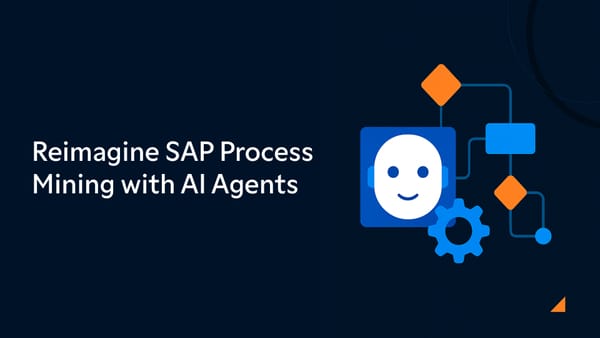Streamlining SAP Systems: SAP Clean Core Strategy Explained
Table of Contents
- Introduction
- Extension and Extensibility
- Understanding the term SAP Clean Core
- Core components
- Why Clean Core?
- Ways of Ensuring a Clean Core
- KTern.AI - The Enabler for Clean Core
- Conclusion
Introduction:
Every organization has a way of running a business. Thus, this will result in unique industry or organization pain points or the business process itself. Although the scope of functions the standard SAP applications cover is vast, there is always a well-accepted need for customization to attend accurately to these unique issues. In order to cater to such specific industry-specific pain points, SAP introduced SAP Industry Cloud solutions. These are designed to give industry-specific functionalities and elaborate the intricate needs of businesses within varied sectors. They are flexible and can be easily put into use without making any adjustments to the existing on-premise solutions of an organization.
But beyond this boundary, the void space of scope lies yet to be covered by SAP Standard application. This brings us to the terms Extension and extensibility.
Extension and Extensibility:
In SAP, extension generally refers to the process of adding new functionalities or features to the standard SAP applications. This is done to meet specific business needs. Extensions can take various forms, such as additional fields, custom reports, or specialized workflows, which are not part of the standard SAP offering. Extensions enable organizations to improve their SAP systems to align more closely with their unique processes and requirements.
On the other side, extensibility is a broader concept capturing the ability with which the SAP system can be extended or modified. It is the representation of the inherent flexibility and openness of the system to accommodate change and enhancement. SAP extensibility enables organizations to tailor their ERP system without using extensive custom coding or modifications, which make it difficult to accommodate subsequent updates and upgrades.
Understanding the term SAP Clean Core:
I would like to declare as “clean core” not running a system without any core customization but running a system using standardized guidelines for all parts of the core. - Sebastian Schroetel (Clean Core demystified: What does it mean and how to achieve it with SAP BTP?)
Clean means: up to date, transparent, unmodified, consistent efficient and cloud compliant
Core means: the most important aspects of an ERP system which are extensibility, processes, data integration, operation. The capabilities of the core depend on implemented software stack.
In other words, clean core is an almost standard system which runs cloud compliant extensions and customizations.
Core components:
Software Stack: The functionalities and features covered under the standard ERP software are many in numbers and needed for a majority of the business types.
Extensibility: Additional functionality beyond the standard software which caters for the organization's needs over the standard offering.
Integrations: Integrations will create a conduit through which the extensions, the standard solution, and other solutions communicate with each other within the ERP system.
Data: Data is all the information stored within the system and comes in two forms being Master data and Transactional data.
Processes: A set of activities or steps as an organized series that guide the user within the system to describe to them the end-to-end experience of delivering the outcome.
Operations: Operations involve governance to manage the infrastructure of the ERP effectively.
Why Clean Core?
Agility and Adaptability: Clean core helps the business to be agile in adapting to changing business environments. This is because ERP may be upgraded with ease to the latest releases so that implementing new features, functionalities, security updates among others can be done conveniently without complex processes.
Efficient Operations: As a matter of fact, a clean core to any ERP system operates in a more organized way and as such has an efficient operation. Organized operations are driven by standardized processes and configurations that ensure smoother day-to-day operations that minimize chances of errors, improve system performance, and enhance overall productivity all rolled into one.
Easy Integrated: Core clean principles make easy integration to other systems and technologies. A standardized core makes integrations easier to ensure different parts of the IT landscape can work together.
Cloud Readiness: As organizations increasingly transgress to cloud-based solutions, clean core is a desideratum for readiness to the cloud. With a clear core, the ERP system can be migrated into the cloud environment in a non-intrusive way that guarantees scalability, flexibility, and innovation from cloud platforms.
Innovation Enablement: A clean core gives innovation a strong footing. The organizations easily absorb and adopt new-age technologies such as artificial intelligence, machine learning, and advanced analytics without incurring any bottlenecks caused in an extremely complex, customized core.
Risk Mitigation: Adherence to clean core principles ensures the organization minimizes risks associated with system changes due to upgrades, business process changes, and modern technology increases. It will enhance system resilience, cybersecurity, and general risk management.
Cost-Effective Upgrade: Organizations whose core is clean can carry out updates in their systems effectively. Updating a system whose customizations are minimal demands less effort, resources, and testing, reducing costs and downtime.
Ways of Ensuring a Clean Core:
Keep Pace with the Latest Release: Periodically ensure that your SAP system is within the latest release so your company can leverage on the enhanced features, security measures, and performance delivered with the latest release.
Promote Clean Extensions: Build strong governance framework which will provide an overview as to when and where extensions are required. Define guidelines with clarity as to how to use extensions and segregate the extensions from the core by using released interfaces alone.
Essentially ensure clean Integrations: Build, and follow the complete integration strategy, by developing interfaces that remain stable across upgrades. Set up effective monitoring along with error resolution mechanisms for integrations, document as well as build usage around every integration amongst other things.
Optimize Operations: Bring Clean Core principles within the larger scheme of operational aspects. Schedule and review components like security authorizations, data handling, and integrations for continued optimization.
Streamline Data Management: Fostering unity and cleanliness of the data by consistently maintaining relevant transaction, master, and configuration data. They use the stable organizational data such as company codes and purchase organizations, to ensure data integrity-existence, correctness, and relevance.
Enforcement of Process Efficiency: Define, document, propagate the individual processes, and scenarios. Adhere to defined processes and consume SAP Best Practices towards a real clean and lean operation in line with Clean Core principles.
KTern.AI - The Enabler for Clean Core:
KTern.AI is an Industry Cloud Solution that helps organizations achieve a clean core through its Digital Clean Core Cockpit, powered by Generative AI. With its automated wizards and data-driven digital bots, KTern.AI provides several capabilities such as automated profiling of Functional Requirement Specifications (FRS) documents, mapping of a Digital Hanapedia knowledge base, system profiling, and more. Its ML engine, built on GPT-4 LLM, simplifies the work of IT consultants, architects, and business SMEs, thereby accelerating project timelines.
Conclusion:
It is crucial for organizations to adopt SAP Clean Core principles when dealing with the intricate world of ERP systems. By following the best practices and utilizing advanced Industry cloud solutions such as KTern.AI, businesses can attain operational excellence, ensuring flexibility, effectiveness, and preparedness for forthcoming advancements in the digital age.



